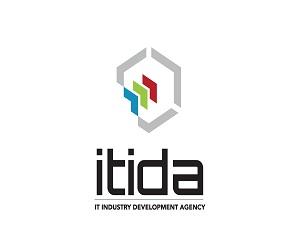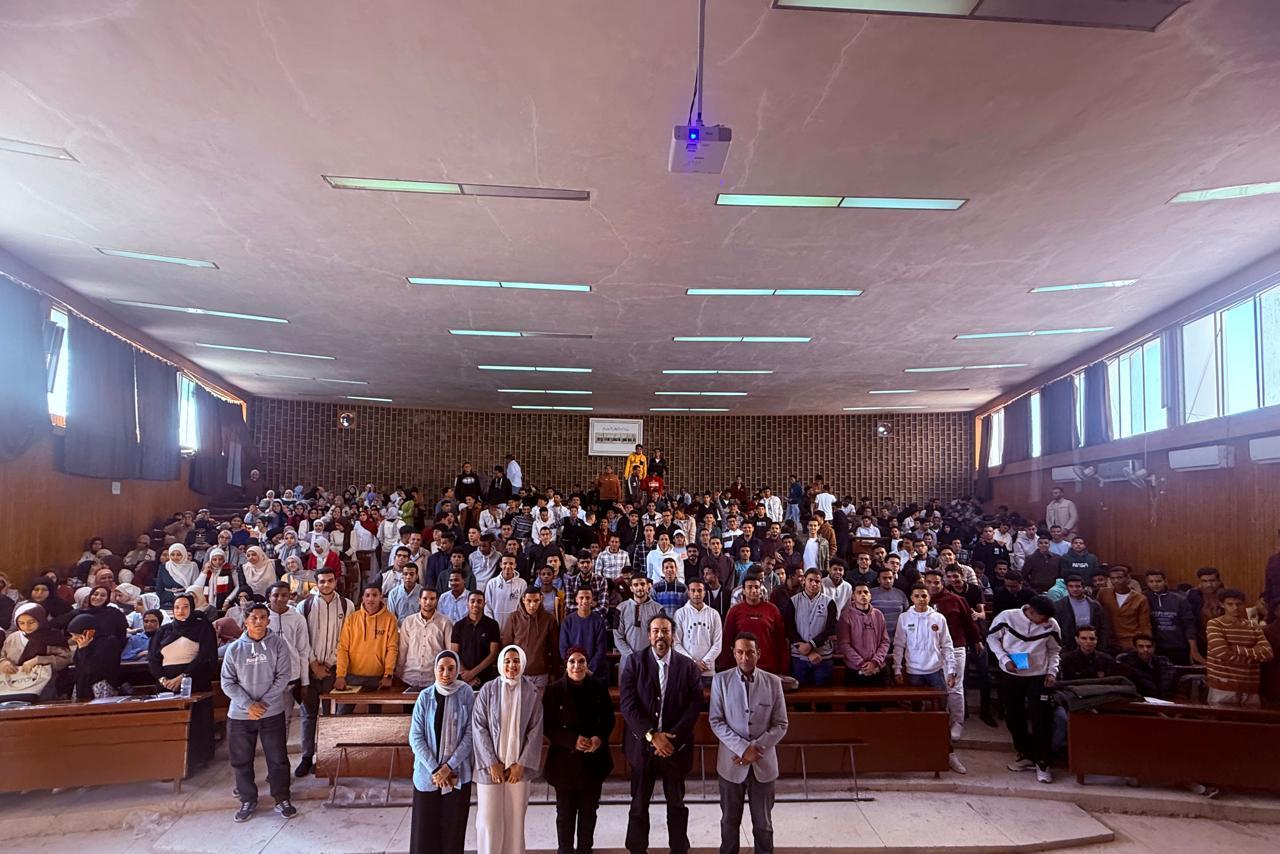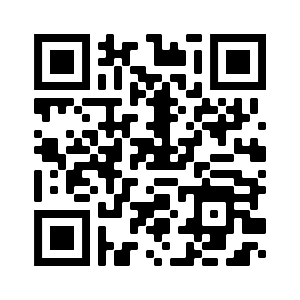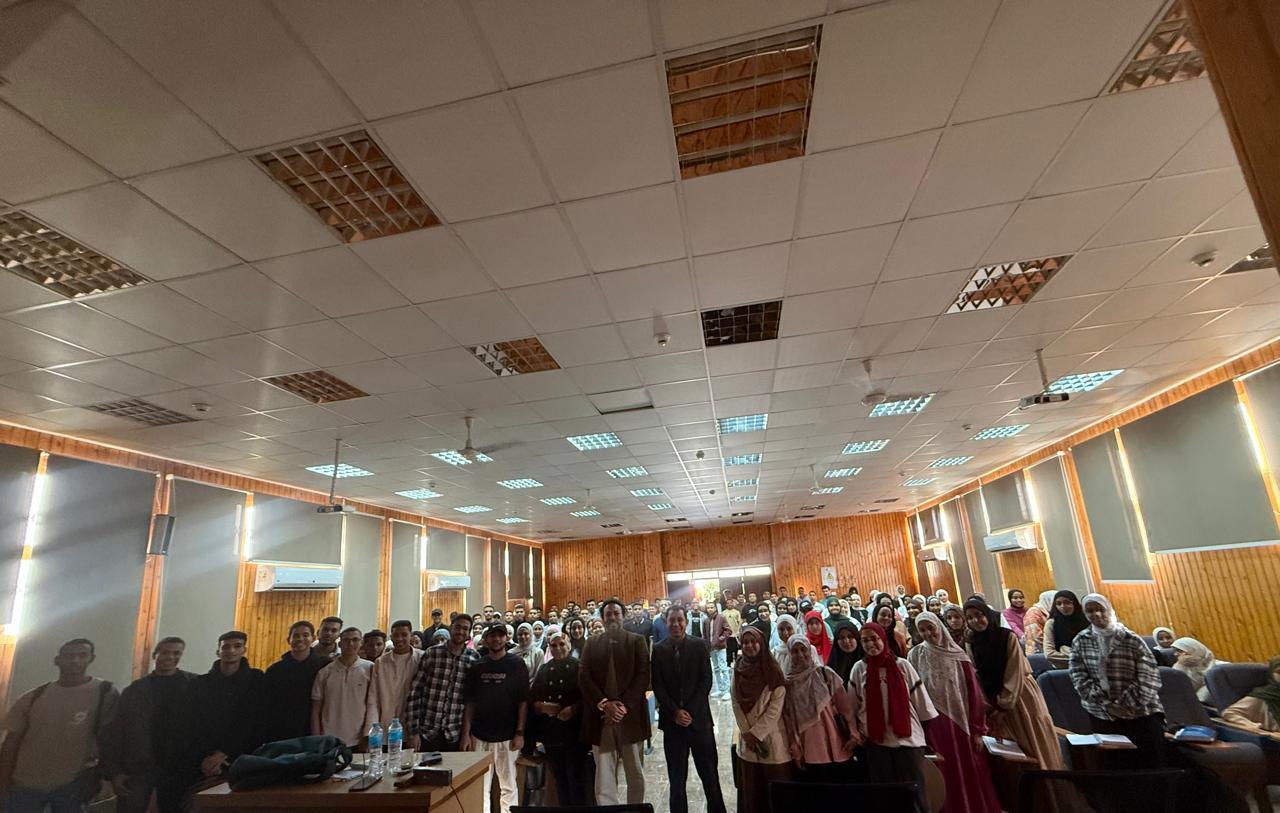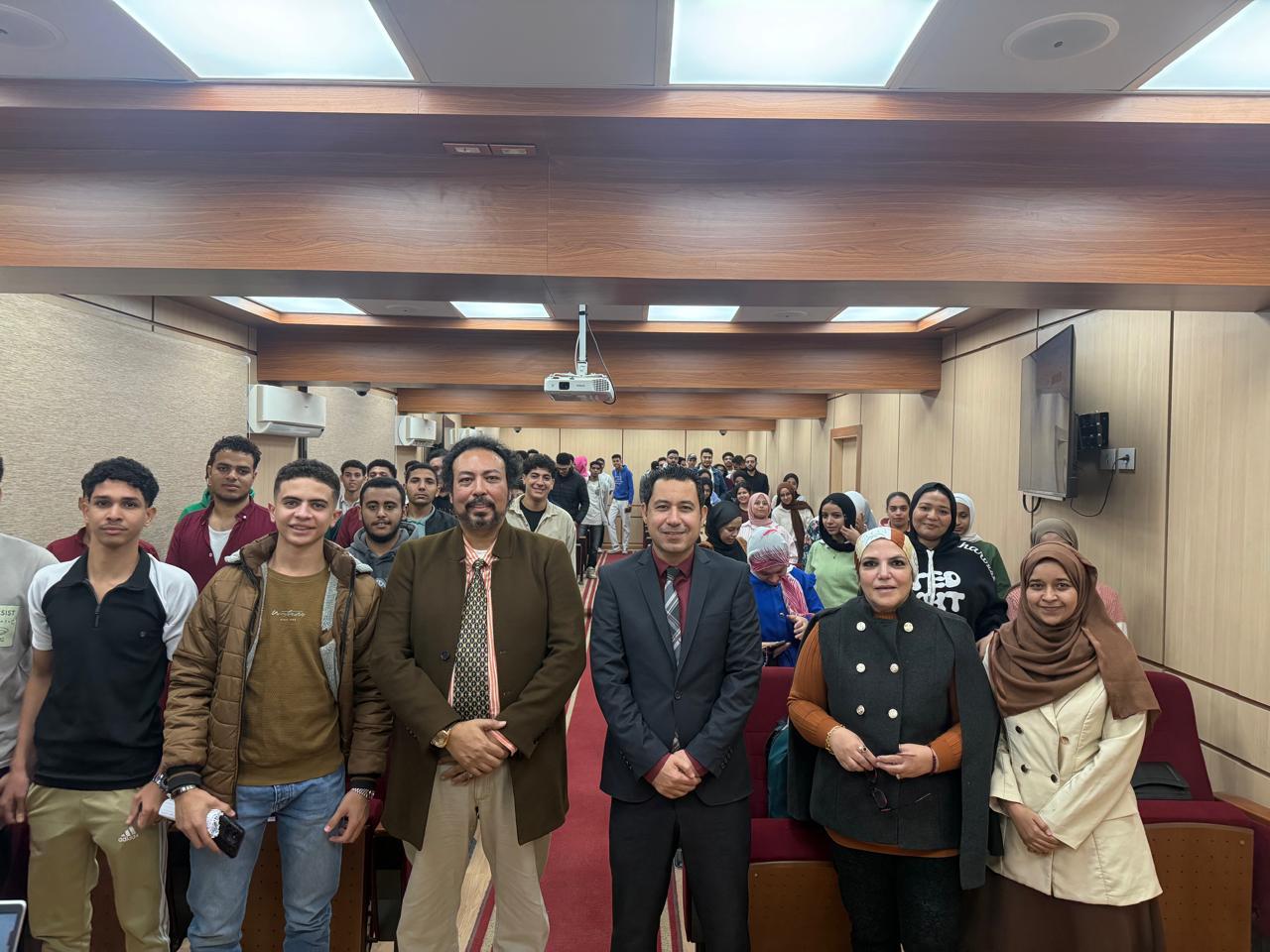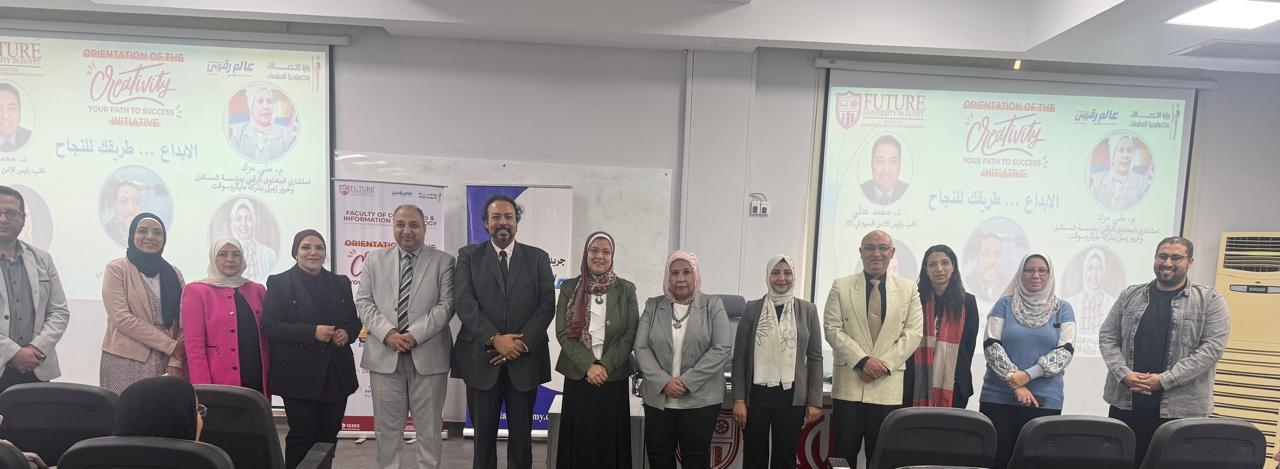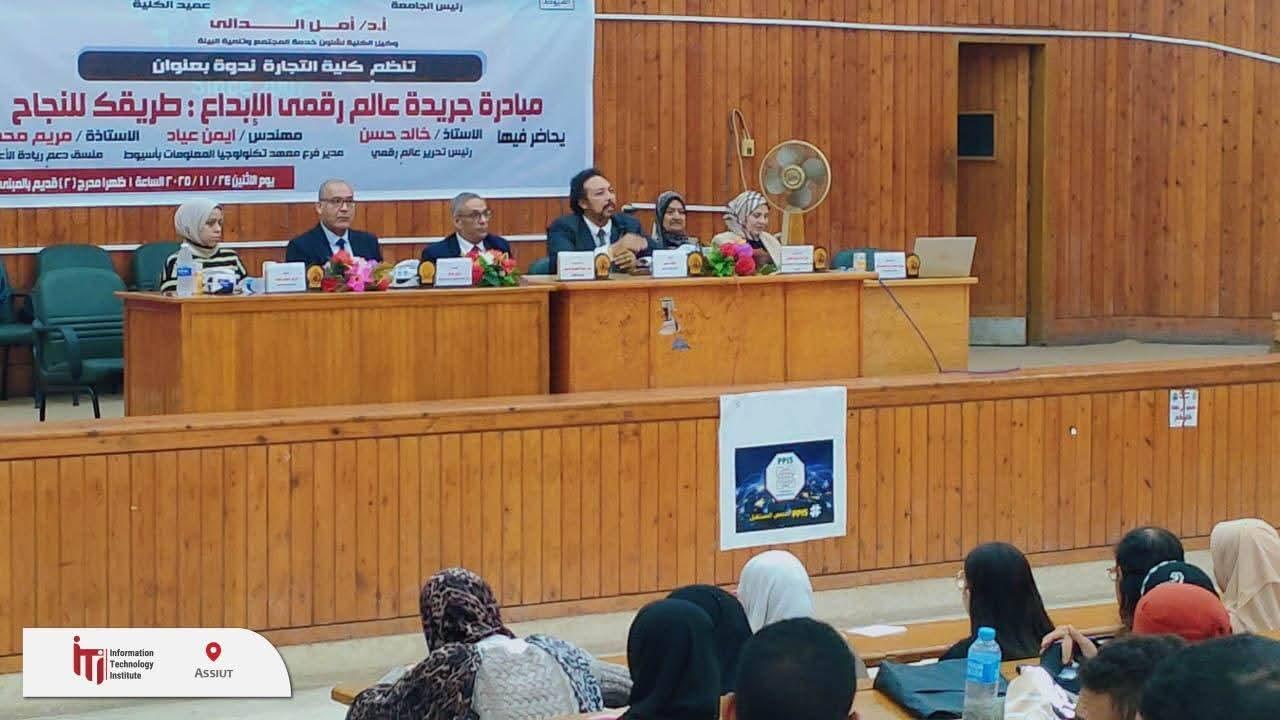By : Sameer Makhija,
Business Development Director, Asset Management Solutions, IMEA, Infor
As employers across the region continue to reopen their doors, how can they rebuild a safe and compliant workspace in the coming months?
Operating a clean and safe work environment is no longer just an important part of asset maintenance. Now it’s a critical requirement for getting the world back to work.
In our new normal, organizations across the globe will be required to not only improve cleaning and hygiene practices, but to prove in an audit that they have followed these practices in a timely, prescribed manner.
Here’s five key areas employers must consider in order to safely open for business and ensure operational continuity.
Consideration #1: Clean operation by employees
It’s not enough to publish protocols for frontline workers in industries such as healthcare. All employees in every industry will be subject to new guidelines about keeping the physical environment safe. Everyone from field technicians and custodians to storeroom clerks and facilities administrators will need to adopt new ways of working.
Voluntary guidelines have been issued by national and global organizations that address protective equipment, physical distancing, equipment sharing, and more. But employers will need to create and enforce their own required standards to protect the health of workers and guard against risk to the organization.
A company’s asset management system can track training, certification, and field checks. It can help ensure that employees are scheduled based not only on the required skills for the task but also on their current status with respect to certification in safe and clean protocols. The asset management solution can even help eliminate business disruptions, especially when deployed in the cloud.
Consideration #2: Updating preventive maintenance schedules
Protocols to ensure a clean and safe work environment are built on preventive maintenance schedules. So it’s important that these schedules have been updated to reflect new and quickly changing requirements.
For example, the American Society of Heating, Refrigerating and Air-Conditioning Engineers (ASHRAE) has issued new guidelines for flushing heating, ventilation, and
air conditioning (HVAC) systems pre- and post occupancy, including operating exhaust fans and opening air dampers or windows; disinfecting high-touch areas; and having a water management plan to decrease the risk of bacteria growth in buildings that have been closed or had limited operations.
Once guidelines have been adopted, an organization will need to determine the correct frequency of cleaning tasks and the best way to train employees to comply. The proper use and disposal of protective gear, the use of required disinfectants, and how to maintain distance in tight quarters are just some of the topics you might need to address.
Consideration #3: Identifying assets at risk
Figuring out how to get back to business in the face of new safety and hygiene protocols could feel overwhelming. Where do you begin?
Understanding which physical assets are most critical to an operation, and therefore pose the greatest risks to business continuity, is the first step. Even under normal circumstances, assets should be assigned a criticality ranking based on the impact they would have on a company’s mission if they were to fail. Related factors to consider, depending on industry, user safety, customer satisfaction, environmental impact, compliance with government and local regulations, and maintaining profit margins.
Consideration #4: Be ready for changing expectations
More oversight will be a given as the world goes back to work. Strengthening internal risk management will ensure an organization is audit ready.
Pwc notes: ‘In these challenging times, internal audit executives have both an obligation and an opportunity to help their companies manage the most critical risks COVID-19 has either created or magnified.”
KPMG writes that the internal audit team should discuss priorities and actions with the management team daily; increase focus on high-risk areas; and “be the eyes on the ground” while leaders are consumed with keeping the business running, among other recommendations.
Having real-time reports and data on safety and cleaning adherence is imperative, and these reports should include:
· Procedures in place
· Implementation timelines and real-time reports of adherence
· Records of staff trainings and certifications
· Hazardous materials and activities, and how those are being mitigated and avoided
Being ready for change means proactively identifying and addressing areas of risk and going beyond suggested guidelines to a set of procedures that will ensure the continuity of operations.
Consideration #5: Move from preventive to prescriptive maintenance
Everyone wants to get back to normal business. But should it be business as usual?
Asset management and maintenance activities will be at the center of new requirements for making the workplace safe. Many are probably already employing some form of predictive maintenance, which uses data collected from equipment sensors to understand operational condition and predict when failure could occur.
But many could do even better than that. And if ever there was a time to have the greatest visibility into how things are working and how they can work better, this is it.
Prescriptive maintenance, also known as RxM, can not only predict failure, but also recommend next steps. While predictive maintenance can highlight how long much time there is until an asset fails, prescriptive maintenance will help figure out how operating the equipment under different scenarios could extend the time before failure. Predictive maintenance gives the raw data to make decisions, while RxM provides different possible solutions, backed by data. With RxM, one can weigh different simulations without having to experiment with each one in real life.



























































